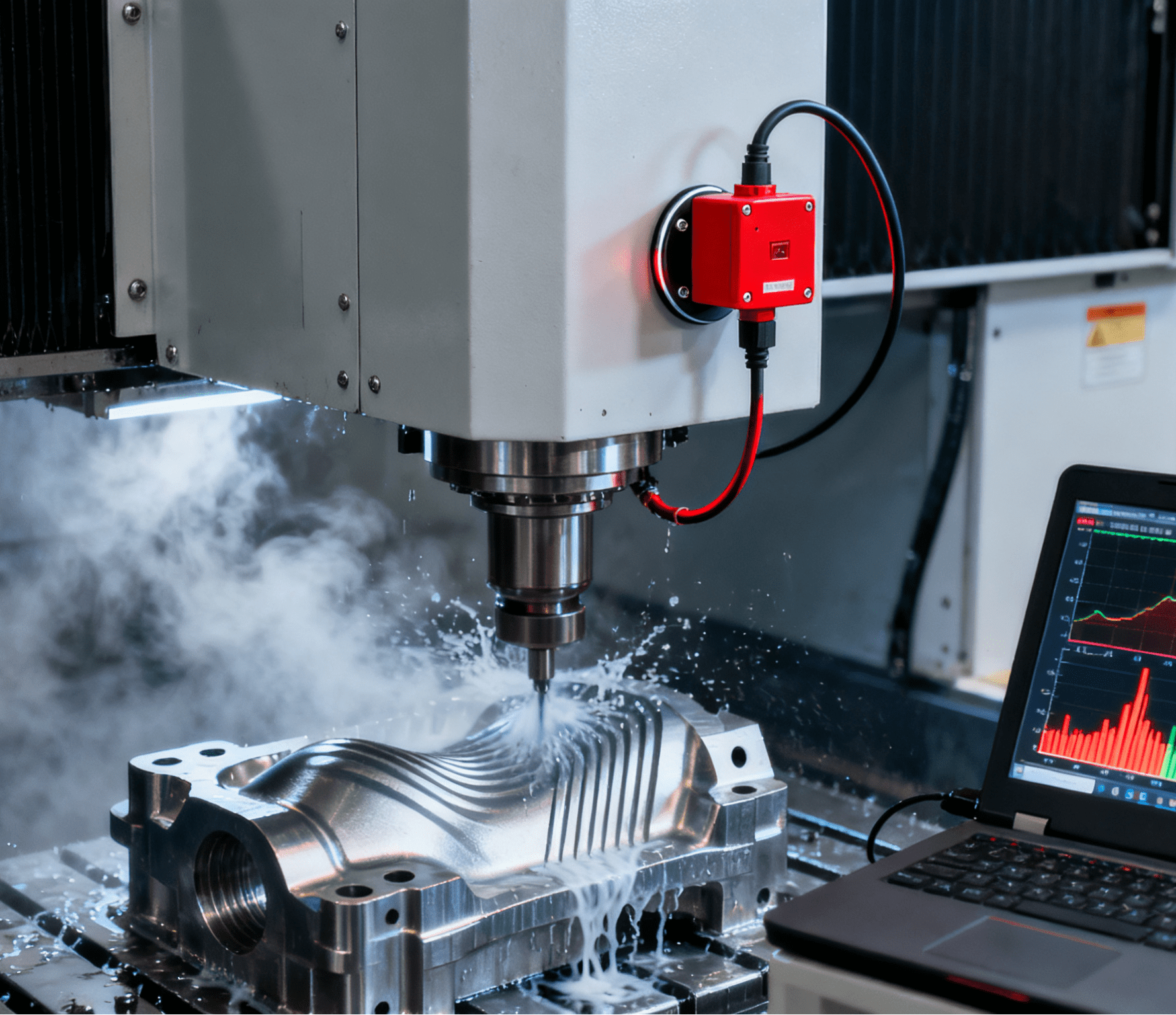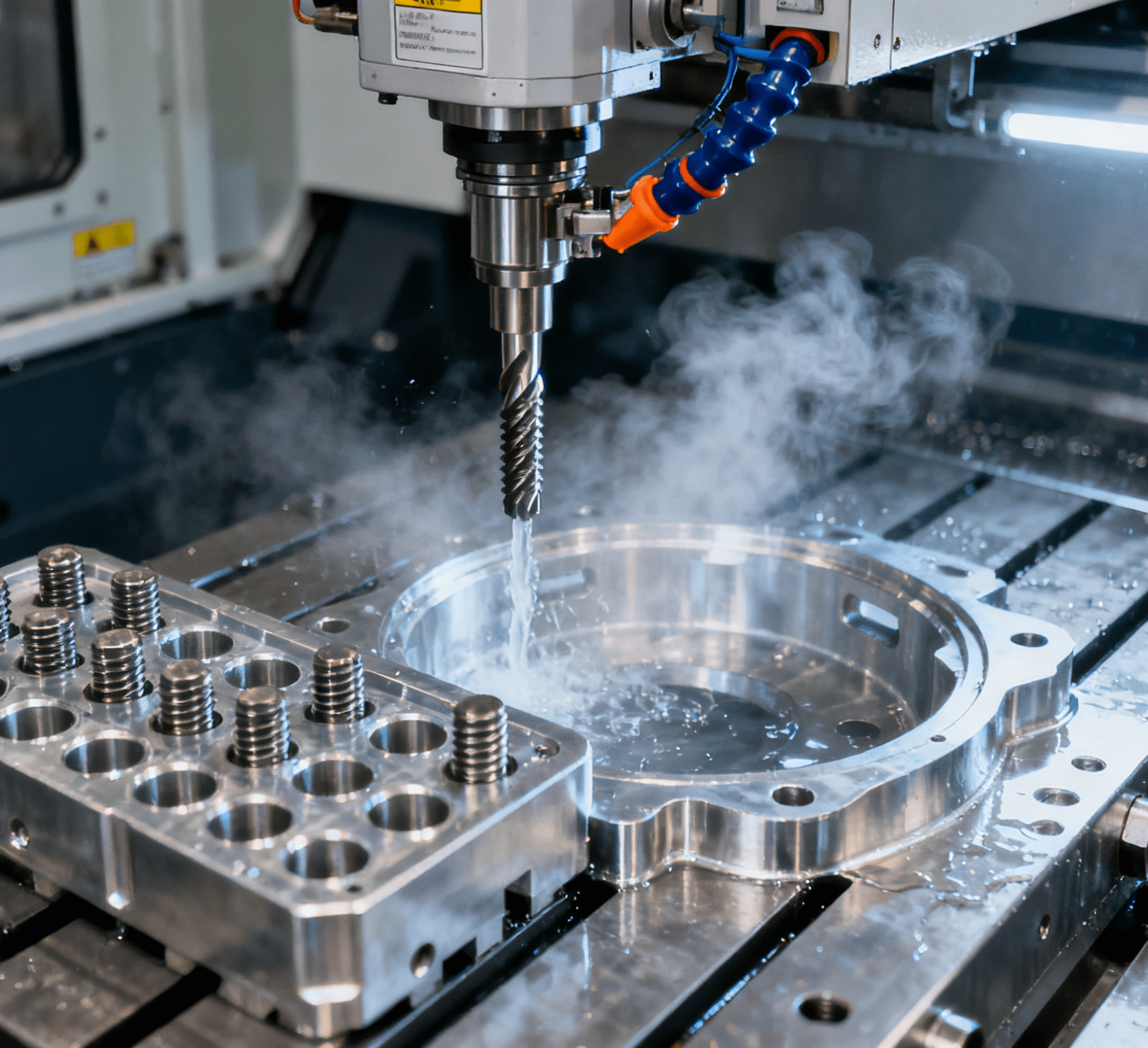Table of Contents
Toggle4-Axis Robotic Tray Loading System: Optimizing Precision and Speed in Material Handling

In modern manufacturing and logistics, the efficient loading of components into trays is a critical bottleneck. Whether dealing with delicate electronic parts, automotive components, or pharmaceutical products, manual tray loading is slow, error-prone, and costly. Enter the 4-Axis Robotic Tray Loading System—a SCARA-based solution designed to streamline material handling with unmatched speed, precision, and adaptability. This system transforms tray loading from a labor-intensive task into a high-speed, automated process, addressing the demands of high-mix, high-volume production.
Why 4-Axis for Tray Loading? The Geometry of Efficiency
Four-axis SCARA robots excel in planar motion tasks, making them ideal for tray loading:
- Rigid Structure for Speed: Their horizontal arms and vertical Z-axis movement enable rapid pick-and-place cycles (up to 150 cycles per minute), 2–3x faster than manual operators.
- Micron-Level Precision: With repeatability of ±0.02mm, they ensure components are placed exactly into tray slots, even for parts as small as 5mm or as delicate as OLED panels.
- Cost-Effective Design: Fewer axes mean lower energy consumption, simpler maintenance, and a 30–40% lower cost than 6-axis robots for planar tasks.
Core Technologies: The Brain Behind the Brawn
The system combines robotic agility with intelligent technology to solve real-world loading challenges:
1. Vision-Guided Positioning System
A high-resolution camera paired with AI algorithms identifies components in chaotic feeding systems (e.g., vibratory bowls or conveyor belts):
- Dynamic Calibration: Adjusts for part position and orientation in real time, compensating for deviations up to 1mm.
- Multi-Part Recognition: Handles mixed-component trays, distinguishing between similar parts (e.g., resistors vs. capacitors in electronics) with 99.8% accuracy.
- Example: In a smartphone factory, the system picks 0.4mm-thick camera sensors from a jumbled tray and places them into a 50-slot tray in under 10 seconds.
2. Modular End-of-Arm Tooling (EOAT)
Quick-release grippers and suction cups allow seamless adaptation to different part types:
- Soft Grippers for Fragile Parts: Gently grasp glass substrates or medical vials without damaging surfaces.
- Magnetic Grippers for Metal Components: Securely hold screws, bolts, or automotive fasteners.
- Tool Change Time: <5 minutes, enabling rapid switching between tray sizes (from 100mm×100mm to 600mm×400mm) or part types.
3. Force-Sensing Feedback
For tasks requiring gentle placement (e.g., electronics with fragile pins or medical devices), a 6-axis force-torque sensor ensures:
- Collision Detection: Stops motion if resistance exceeds safe limits (e.g., 2N for a microchip), preventing damage.
- Depth Control: Places parts at the exact tray depth, critical for stacked components in automotive trays.
Transforming Industries: Applications Beyond Imagination
1. Electronics Manufacturing: Precision Tray Loading for SMD Components
In a PCB assembly line, the system:
- Picks 0201-sized surface-mount devices (0.6mm×0.3mm) from a feeder with vision-guided accuracy.
- Places them into anti-static trays with 0.05mm positional tolerance, eliminating misalignment issues that cause soldering defects.
- Result: Reduces loading time by 70% and improves first-pass yield from 85% to 99.2%.
2. Food & Pharmaceutical: Hygienic and Accurate Tray Loading
For sensitive industries:
- Stainless Steel Construction: Meets FDA/ISO 13485 standards for hygiene, suitable for loading syringes, tablets, or fresh produce.
- Gentle Handling: Uses vacuum suction to place delicate pastries or glass vials into trays without deformation.
- Case Study: A pharmaceutical plant uses the system to load 1,000 insulin pens per hour into sterile trays, with 100% orientation accuracy.
3. Automotive: Heavy-Duty Tray Loading for Engine Components
In automotive part production:
- Handles metal components up to 5kg (e.g., cylinder heads, transmission gears) with robust grippers.
- Loads trays with complex geometries, using vision to map part positions in real time and avoid collisions.
- Efficiency Gain: Reduces labor costs by 60% compared to manual loading, with 24/7 operation and <1% downtime.
4-Axis vs. Traditional Methods: A Clear Performance Leap
| Metric | 4-Axis Robotic System | Manual Loading | 6-Axis Robot | Conventional Gantry System |
| Време на цикъла (за детайл) | 0.4–0.8 seconds | 3–5 seconds | 1–1.5 seconds | 1–2 seconds |
| Positioning Accuracy | ±0.02mm | ±0.5mm (variable) | ±0.05mm | ±0.1mm |
| Changeover Time | <10 minutes | 30+ minutes | 20 minutes | 45+ minutes |
| Cost (CAPEX) | $40k–$100k | N/A (labor costs) | $120k–$200k | $80k–$150k |
| Flexibility | Adapts to 100+ part types | Low (operator skill required) | Medium | Low (fixed programming) |
The Business Case: ROI and Scalability
1. Rapid Return on Investment
With labor cost savings of $30k–$50k annually per workstation (in regions with moderate labor costs) and reduced scrap (from 8% to <1%), the system typically pays for itself in 12–18 months.
2. Future-Proof Production
- Multi-Format Compatibility: Handles trays of all sizes (from micro-trays for electronics to Euro pallets for logistics) with minimal reprogramming.
- IoT Integration: Connects to factory MES systems, providing real-time data on loading accuracy, cycle times, and tool wear for predictive maintenance.
3. Safety and Ergonomics
Eliminates repetitive strain injuries (RSI) from manual lifting, improving workplace safety and employee retention.
The Next Generation of Tray Loading
As Industry 4.0 progresses, the 4-Axis Robotic Tray Loading System evolves with:
- AI-Powered Path Optimization: Machine learning algorithms continuously refine pick-and-place sequences for maximum speed.
- Collaborative Operation: Works alongside human operators in shared workcells, using safety sensors to enable safe, efficient teamwork.
- Edge Computing: Processes vision data locally for sub-millisecond decision-making, critical for ultra-high-speed lines.
In an era where manufacturing efficiency is non-negotiable, the 4-Axis Robotic Tray Loading System emerges as a game-changer. It bridges the gap between speed and precision, making it the ideal choice for industries where every millisecond and every micron count.
#4Axis Tray Loading #SCARA Robot Automation #Precision Material Handling




















